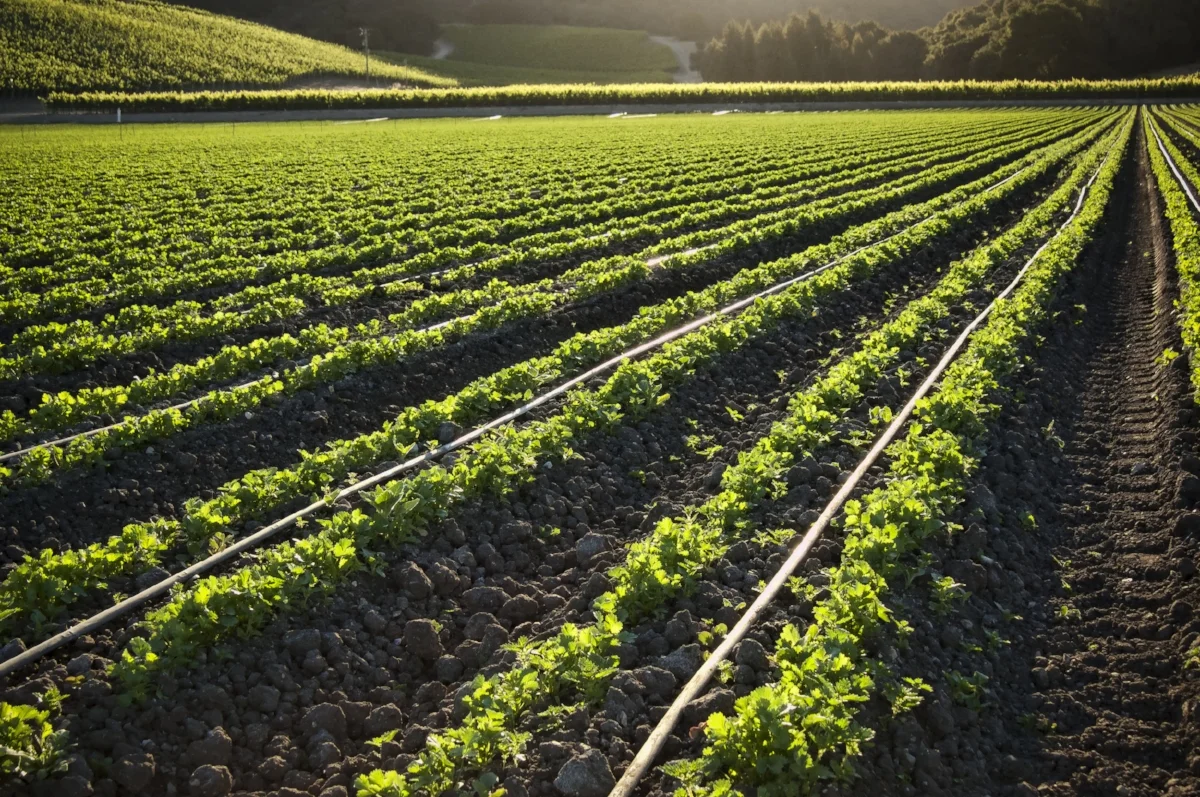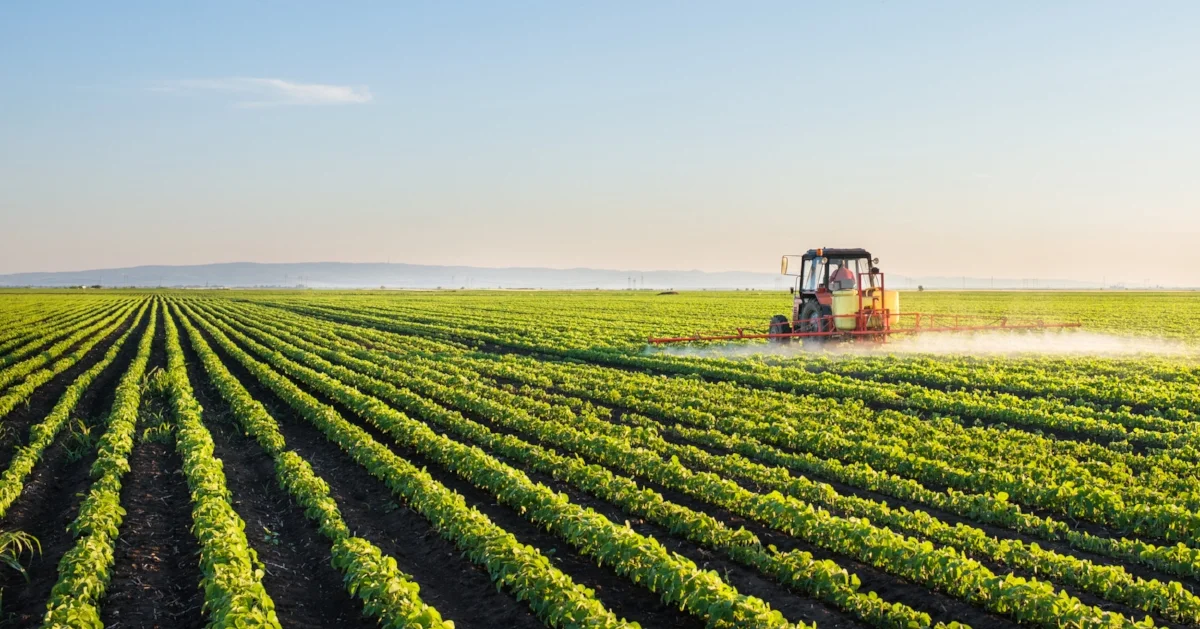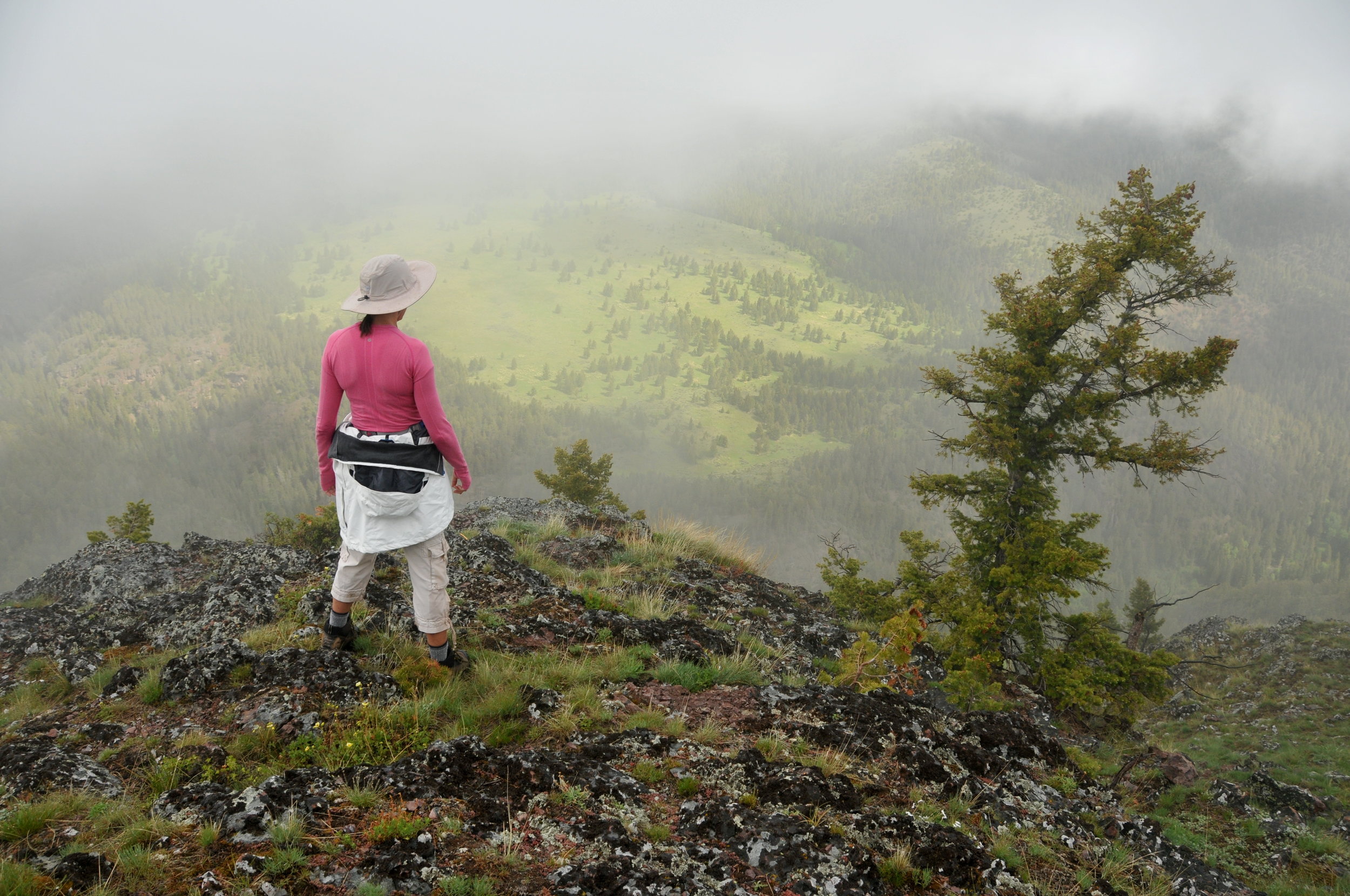Each year the USDA, through the National Agricultural Statistics Service (NASS), reports on agricultural land values. Generally speaking farm real estate average values per acre have stayed relatively stable in New Mexico, Colorado, Montana, and Wyoming from 2015 to 2019. Across the Mountain Region, values have risen 8% over five years in large part due to a significant rise in values in both Idaho and Utah.
2018 USDA NASS FARMLAND VALUES MOUNTAIN REGION
DONATING PROPERTY TO REALIZE FUTURE LAND USE GOALS
PILOT SYSTEM WATER CONSERVATION SYSTEM RFP OUT
The Upper Colorado River Commission (UCRC) has issued a Request for Proposals to invite users of the Colorado River System water in Colorado, New Mexico, Utah, and Wyoming to submit proposals for Pilot Program water conservation projects. Projects are meant to test methods for saving water that could be part of a drought contingency plan in the Upper Basin of the Colorado River.
2017 FARM LAND VALUES ACROSS THE INTERMOUNTAIN WEST
Nationwide, farm real estate values average $3,080 per acre in 2017, up $70 an acre or 2.3 % from 2016. The Mountain region has the lowest farm real estate value at $1,130 per acre. The value of cropland in the same region increased 1.1% year-over-year to $1,780 and pasture land values rose 1.3% to $625 per acre in 2017.
OBJECTIVES, BARRIERS AND OPPORTUNITIES IN PRIVATE FORESTRY
Across much of the American West, primarily the southwest, overstocked and mismanaged forests are leading to poor tree growth, increased fire danger and increases in threads to overall forest health from insects and disease. Additionally, the proper management of these same forests has the ability to create positive impacts in local economies by providing jobs and goods for regional communities. This intersection of the issues of private land stewardship and bolstering sustainable economies fits squarely within the mission of The Western Landowners' Alliance (WLA).
RANGELAND MANAGEMENT STRATEGIES
Data from rangeland studies in both Oregon and New Mexico supports grazing as a strategy to promote ecological resiliency. Grazing can be used to manage and promote perennial grasses. In a study focusing on The Great Basin area, researchers found that the fuel moisture of un-grazed rangeland was 21% whereas the same fuel moisture of properly grazed rangeland was over double that at 46%.
IN THE FIELD
We are so excited about our work that we just can't keep it to ourselves. Soon we will be featuring #inthefield photo posts revealing glimpses of the projects we are contributing to and featuring the inspiring places in which we work. Follow Topos & Anthros on Instagram to keep up with what we're doing #inthefield!










